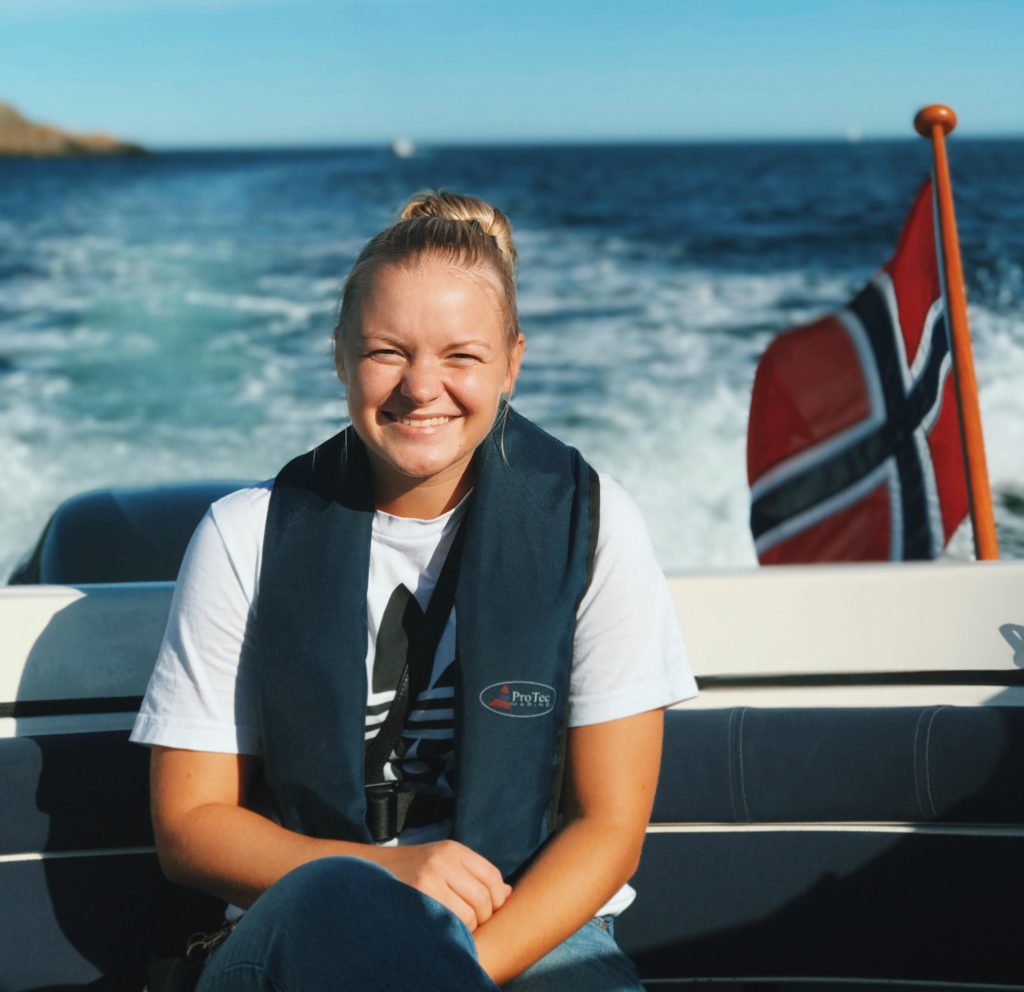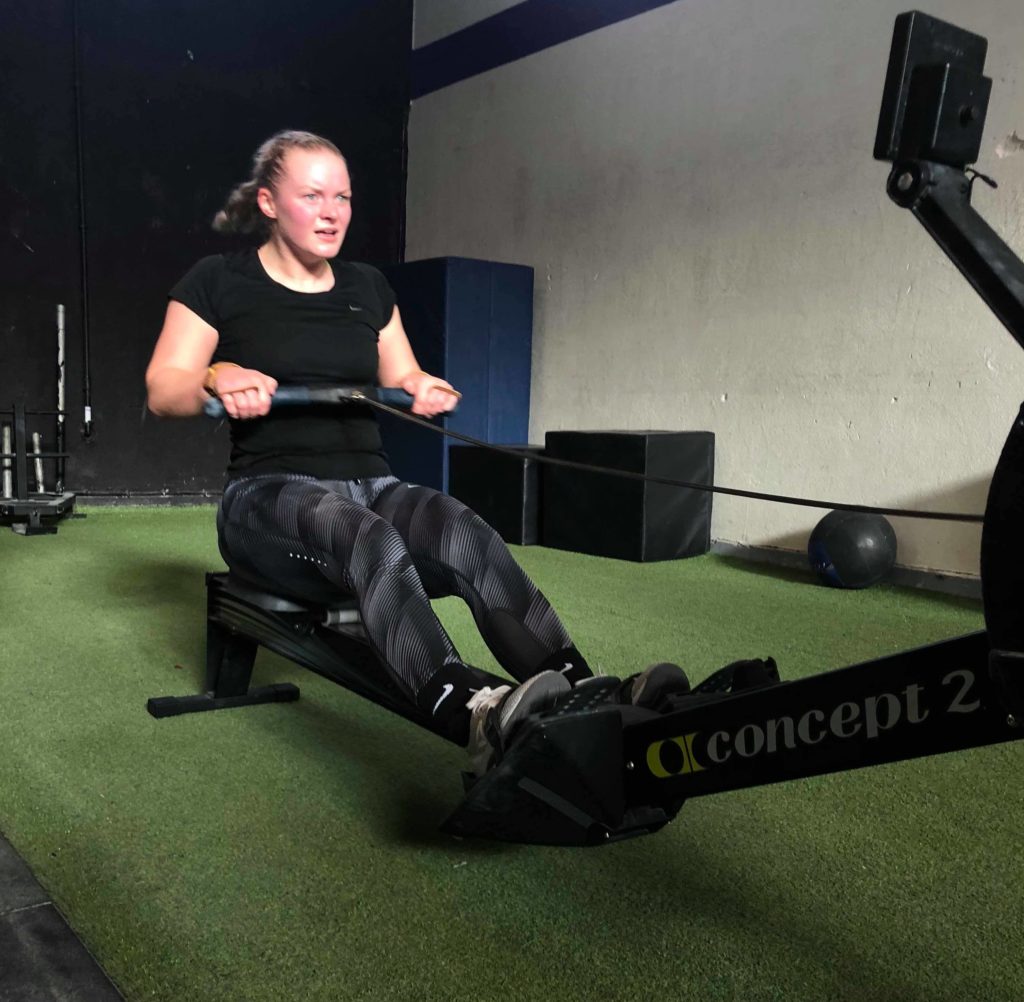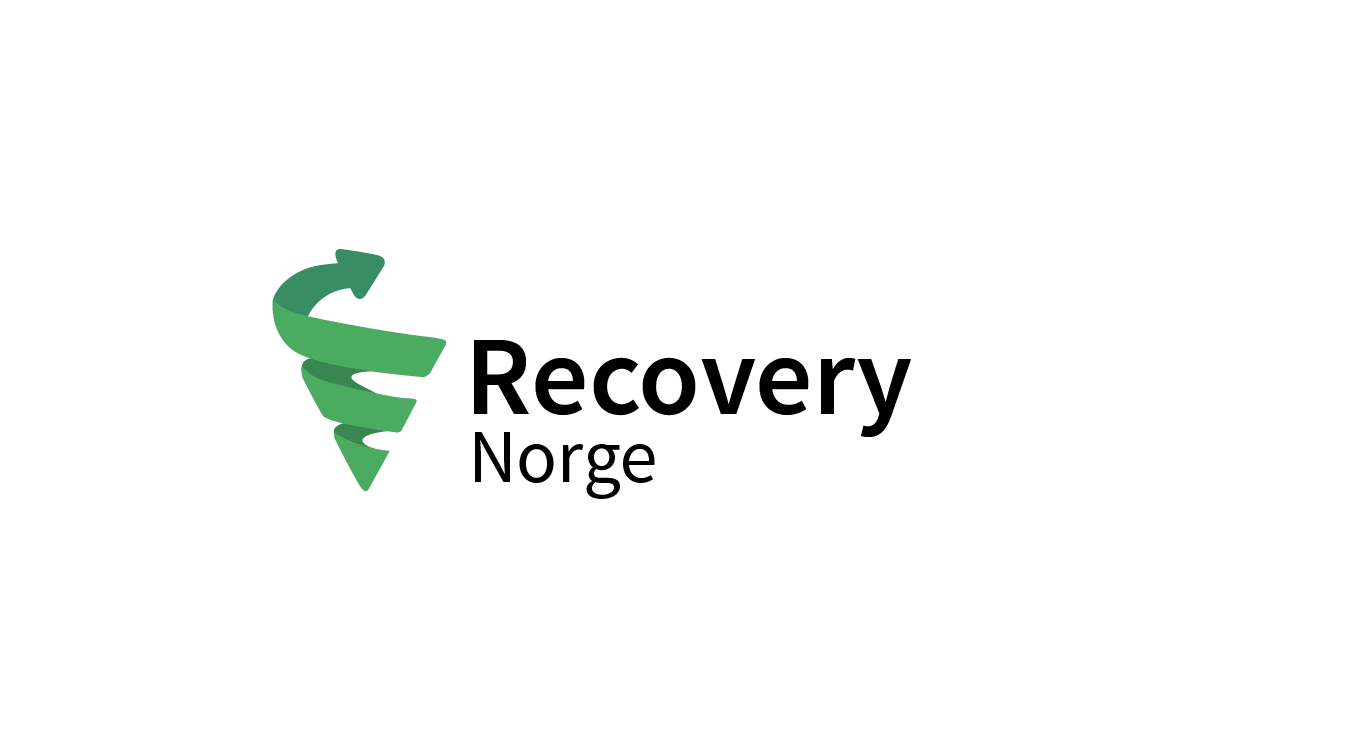Author: Benedicte Viggen Fintland
In January 2014, in my second year of upper secondary school, I was ill for several weeks and the doctor finally diagnosed me with influenza. I never recovered from this flu, it just went on and on. As time passed and I got no better, I contacted my GP. He examined me carefully, but could not find any clear signs of what might be wrong. The blood tests provided no clue. There was no sign of depression or other mental disorders. I still felt like I was “just” having the flu, but I knew there must be something more to it…
What could it be?
Might it be Lyme disease? I had been attacked by a tick the previous summer and thought it might have led to this disease. The tests taken in Norway were negative, but on advice from a friend my dad and I went to Germany to have special blood tests taken for Lyme disease. The tests showed nothing, and we were back to square one. Whatever could be wrong with me? I returned to my GP. He is an excellent doctor, but his knowledge of fatigue was insufficient. I was therefore referred to neurologist Gry Klevan, who works at GjerneHjerne in Stavanger, for further assessment.

A feared diagnosis
Klevan suspected post-viral chronic fatigue syndrome/ME. Like most others I had heard many stories of people with ME, and I collapsed in my mother’s arms when the neurologist told me what was wrong. When she gave me the diagnosis of post-viral chronic fatigue syndrome, I felt angry, sad and full of despair. It was not a diagnosis I wanted to relate to, and I certainly couldn’t relate to the mindset of those ME patients I had spoken to. Several ME patients I had met, appeared pleased just to have been given a diagnosis. Finally they could put a name to their suffering. To me, this diagnosis was a huge disappointment.
I therefore decided very soon that my diagnosis would not be allowed to define me as a person
I therefore decided very soon that my diagnosis would not be allowed to define me as a person. I was still me; I still had my thoughts, feelings and opinions. Yet suddenly I had also become part of a community where I didn’t feel I belonged. I hasten to add that at this point in time I had not heard a single story of an ME patient who got better. When you are 17 and your entire life is ahead of you, you don’t want to hear about people who’ve been lying in a darkened room for up to 20 years.
Wanted to disprove that recovery was impossible
I wanted to hear stories about people who had recovered! Unfortunately, many of those I met told me that a recovery was very unlikely. I just had to learn to live with the diagnosis… Luckily I am stubborn, so I determined to prove them wrong – and my road to recovery began with a first step! But even if my head was motivated, my body was still unwell. My version of the disease meant that I had a constant feeling of illness in my body. Much pain in muscles, bones and joints had a great impact on my everyday life. I suffered painful cramps; I constantly felt tired and worn out. I had little energy, and sleep didn’t make me feel better.
Once the diagnosis had been set, the neurologist helped me apply to various rehabilitation centres. I first applied to Catosenteret, but they turned me down because I was too old. I then applied to Vikersund Kurbad, where they accepted me. This institution provides good rehabilitation therapy based on medical-pedagogical and cognitive approaches. It was good for me to come to Vikersund. I learnt a lot there and was given help and guidance in how to live with this disease. Unfortunately their therapy didn’t make me better, but I went home with a good feeling that I knew much more. What I had learnt made me confident that my illness wasn’t dangerous, just very painful.
Stress management
Since the therapy at Vikersund Kurbad didn’t make me well, I applied to Frihamnsenteret where physician Bjarte Stubhaug worked, in November 2015. This had been recommended by a family friend who had recovered through his therapy. Dr. Stubhaug has many years of experience with the chronically ill and uses a programme called Stressmestring (Stress Management). When I went there I was 18 years old. The centre is now called Klinikk for Stressmedisin. It is located in the municipality of Fitjar.
I had to get to know my reaction pattern, so that I could try to avoid various reactions in the future
Why did I benefit from this programme? It was here I understood that when I had the influenza infection, it triggered a stress reaction in my body. This was something I couldn’t help, since it took place in my subconscious. From Dr. Stubhaug I learnt techniques for how to “find” my stress and then accept and manage it in the best possible way. I was told that in order to get well, I would need to look for what was maintaining the stress situation in my body. It might be external stress and strain, for instance a lot of schoolwork or many friends who needed me. I had to accept all the things I couldn’t change (e.g. illness, finance, death) and work on my reactions. That is, I had to get to know my reaction pattern, so that I could try to avoid various reactions in the future, even if the stress was still present. I learnt to take frequent breaks and relieve my mind with mindfulness exercises.
Neurological knowledge
During my sessions with Bjarte Stubhaug I learnt a lot about how our nervous system works. I learnt that the nervous system controls my entire body. The nervous system is partly controlled by my will, and that part is used to maintain physical balance, lift my hand, walk, etc. The autonomous nervous system is partly controlled by my will. It makes sure my heart is beating and that I breathe without having to think about it. This neurological system is also used for stress management. Stress is controlled by the autonomous nervous system. For example, I can to some extent control my pulse.
The autonomous nervous system consists of two parts, the sympathetic and parasympathetic divisions. Put simply, the sympathetic nervous system is our “stress system”, and the parasympathetic nervous system is our rest and restitution system. The two interact, and one might compare it to the Fløybanen funicular in Bergen. The funicular consists of two carriages, and when one carriage is up, the other one is down. In people with chronic fatigue syndrome, however, the top one gets stuck, and so there is no real opportunity for restitution. That is why I was always feeling tired. I also learnt that stress is a good thing as long as both carriages work well, and it is stress that enables us to achieve our goals. Long-term stress, or stress which does not help us achieve our goals, but is linked to powerlessness instead, is not good for us, however – it leads to fatigue.
Stress which does not help us achieve our goals, but is linked to powerlessness instead, is not good for us, however – it leads to fatigue
The part of the brain which reacts to stress is a primitive one. If you have eaten something your body can’t tolerate, you will vomit it up. When you have bodily symptoms, your brain reacts by giving you negative emotions. If you are afraid or scared, you may feel nauseous, and your body becomes tense. These examples show that it is impossible to separate physical disorders from mental ones. Everything is connected, whether we like it or not. There is no emotion that doesn’t create a bodily impact, and vice versa. You can see how everything is connected by the way a wound will heal. If it heals slowly and poorly, it may be because the stress level in the body is too high.

The nervous system may become overactive because of an infection, hormonal disturbance, stress, social or personal strain or overperformance. As already mentioned, in a chronic disease the carriage gets stuck, everything stops and the body is unable to cooperate. Nothing had been destroyed in my body, the functions were just out of control, and thus there was a big chance that I might recover.
Shut my ears to ME talk
Bjarte Stubhaug told me to set a goal, and we agreed that I was to ride Nordsjørittet in around one year’s time. This is a cross-country bicycle race, more than 90 km from start to finish. When we set that goal, I struggled to walk 50 metres without getting symptoms. To begin with I doubted that it would be possible, but Dr. Stubhaug supported me and said I had to trust him. I found Dr. Stubhaug a capable, friendly and inspiring man, and the choice was therefore fairly easy for me. He had helped my family friend get well, and I therefore had a big hope that he could help me, too. So I chose to trust him.
I decided to de-register from all ME groups on Facebook, stopped looking at articles on ME sufferers on the internet and shut my ears when I heard others talk of ME. I only listened to what Dr. Stubhaug told me.
Don’t stop when it gets uncomfortable
When I first went to Dr. Stubhaug’s clinic, my occupational therapist had found me a wheelchair. I said no to the wheelchair, though, instead choosing to follow Dr. Stubhaug’s setup for me. It was terribly demanding, but Dr. Stubhaug said: “Motivation is more important than energy; you can do whatever you want to do!” In order to improve, I had to be willing to change my way of living. I could not be locked into a system of energy economising. Energy economising means that you measure your energy. For example: “If I am to take a shower later on, I’ll need to have a nap now, so that I have the strength to shower afterwards”. This way of thinking had been recommended to me before. But Dr. Stubhaug told me not to stop when it got uncomfortable. This was news to me, but I did my best to follow all the new information I was given. With good help from my dad who acted as my secretary, we learnt enough to start the training at home once the course was over.
Dad came with me to Dr. Stubhaug. I felt safer when he was there, so that he also could learn more about my disease and what it entailed. He took notes, asked and talked a lot with Dr. Stubhaug. Dad gaining more knowledge gave me more confidence. When we came back home, we both knew what Dr. Stubhaug had said. Dad was able to help motivate me on the days when I struggled to find any motivation in myself. It was also good to have him help me describe my disease to the others at home, since I often found it difficult to describe it properly by myself.
Dad went with me to Dr. Stubhaug. I felt safer when he was there, so that he also could learn more about my disease and what it entailed
When I came back home, I began by walking up and down to the letterbox. Then dad bought me a spinning bike. I rode it for five minutes and felt utterly drained. But the next day I got back on the bike and rode for another five minutes. My body was resisting this activity, but my motivation for getting better was stronger than the pain in my body. The following day I rode for six minutes. I continued in this way, riding one more minute each week, gradually increasing both the intensity and duration. I was given great support by family and friends. They helped me when the uphills were tough. They pushed, assisted and cheered me on as best they could.
The fear of a relapse
I was frequently in touch with Dr. Stubhaug during this process. In the beginning I was scared of doing something ‘wrong’. I was scared of relapses, or ‘sidesteps’ as Dr. Stubhaug called them. Dr. Stubhaug said that there would be sidesteps, whether I was afraid of them or not. I did my best to put the fear aside and keep fighting. A hill won’t often go evenly upwards, you should expect some bumps as well. They are what Dr. Stubhaug call sidesteps.
From what I had been told before, you might get sicker if you pushed yourself too hard. Was I willing to risk that?
It felt to me as if I put my very life in Dr. Stubhaug’s hands. It was the scariest thing I have ever done. From what I had been told before, you might get sicker if you pushed yourself too hard. Was I willing to risk that? I had (and still have today) a great respect for Dr. Stubhaug and his work. I therefore chose to listen to him. I put aside my thoughts and fears – and put my life in his hands. Today I consider that choice the best I ever made.
A normal life
Today I live an entirely normal life. I study nursing and work out, I have a social life and live just like other people of my age group. It was a hard battle, but far from impossible. The sidesteps occurred less and less often, and when I look back on it now, there were actually not as many sidesteps as I had been expecting beforehand.
Now life is really good. I am grateful and happy, because I live an entirely normal life. Or what is a normal life? In any case, I live my life the way I want to live it, and that is more than enough for me. I study nursing and work out, I have a social life and live just like other people in my age group. I still have at the back of my mind everything Dr. Stubhaug taught me about adjusting my activities, and I am therefore cautious not to take on too much, the same way I think far more people ought to be cautious about that. I make sure I have eight hours of sleep every night and eat regular meals. Apart from that I don’t do anything special, but I know my body well – and that means I am able to adjust my activity level to the needs of my body. Thanks to Dr. Stubhaug I am alive again; I am no longer just fighting to survive.

Benedicte’s story was featured in Dagbladet on 20 January 2019. Read it here.
